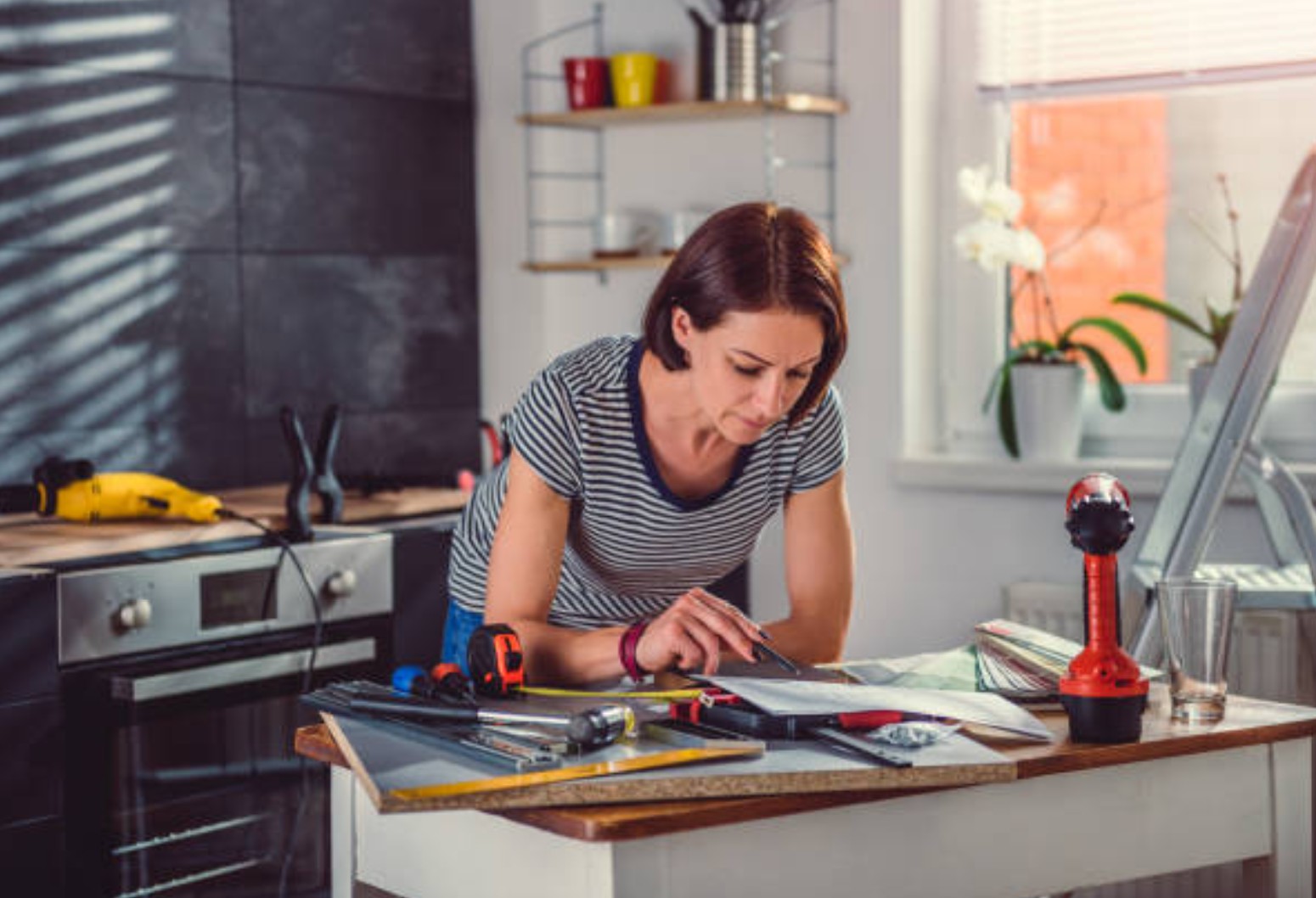Metal roof selection carries significant environmental benefits. One this is that roofs are durable and this is why they are replaced less. Also, due to their reflective nature, heat absorption is reduced, making energy more efficient. As such, carbon traces and cooling costs are reduced. In addition metal roofs promote water conservation through rainwater harvesting. In light of increasing climate change concerns, having a new metal roof installed is an eco-friendly and sensible choice.
How a New Metal Roof Can Reduce Long-Term Maintenance Costs
New metal roof is easier to maintain than the other materials utilized. Classic roofs require regular repairs as they are constantly harmed by the weather. Heavy rain, hail and powerful winds are all weather-resistant with metal roofs. They don’t have to be repainted as often because of their coating which is rust and corrosion resistant. Metal roofing does not get weakened or warp with age as tile or asphalt roofs do. Because it is durable, maintenance will not be expensive in the long term. Also, mold and algae that destroy other forms of roofing materials do not thrive on metal roofs. Metal roofs last 40 to 70 years when well installed and inspected from time to time. It is a cheaper roof option because of its durability limiting the number of replacements.
Why Metal Roofs Are Ideal for the Australian Climate
Australia has extreme and diverse climatic conditions. New metal roof is much better equipped to withstand the harsh Australian climatic conditions. Metal roofs endure heat, gale force winds and cyclones. In contrast to their aged counterparts, metal roofs never retain heat but reflect sunshine. This has the added advantage of cooling homes in summer by reducing air condition usage and resultant costs. Bushfire resistant qualities are an added benefit as well. Most roofs are fire-resistant, especially in bushfire zones. Embers cannot easily burn the roofs, which are less vulnerable to fire in residential homes. In coastal regions, salt-resistant coatings fight corrosion, adding to the longevity of the roof. Also, metal roofing resists heavy rainfall. Residences can be made with pure rainwater harvested to facilitate effective water consumption in an environmentally friendly way.
Why Metal Roofs Are a Sustainable Choice for Eco-Friendly Homes
Sustainability is a central concern to homeowners today. Metal roofs contribute to environmentally sound construction in several ways. Their long life reduces the demand for new metal roof material. Unlike asphalt shingles which end up in landfills metal roofs are fully recyclable at the end of their useful life. Energy efficiency is another important advantage. Metal roofs bounce back heat lowering indoor temperatures. This reduces the energy consumed lowering carbon emissions due to air conditioning. Much of the metal roofing is amenable to solar panels yet another field of energy sustainability usage. Metal roofing also helps in saving water. Their water-tight surface allows them to be utilized as a means of collecting rainwater. Such a function helps in saving water especially in arid regions. With growing concerns regarding sustainability metal roofing is a sustainable and eco-friendly choice for new homes.




